American Nuclear Society Student Section University of Puerto Rico at Mayagüez
#MakeNuclearMatter
Mission
To increase interest and understanding in nuclear science, engineering, and technology by re-lighting the passion for nuclear sciences that the Puerto Rican community once had.
Vision
To become trustworthy credible advocates in Puerto Rico by providing factual, un-biased, and accessible information to our community in topics related to nuclear sciences.
Goals
To create a safe, fun, just, and diverse environment for students of all backgrounds to thrive and feel welcome in the nuclear community.
About ANS UPRM
The American Nuclear Society Student Section at the University of Puerto Rico at Mayagüez (ANS UPRM) was founded on November 20th, 2019. At ANS UPRM, we embrace nuclear sciences, engineering, and technology in our everyday life.
Education is a powerful tool and our team aims to spark interest in younger generations, with a special emphasis in encouraging the participation of underrepresented groups in the nuclear field.
Let’s get the conversation started.
Let’s get nuclear.
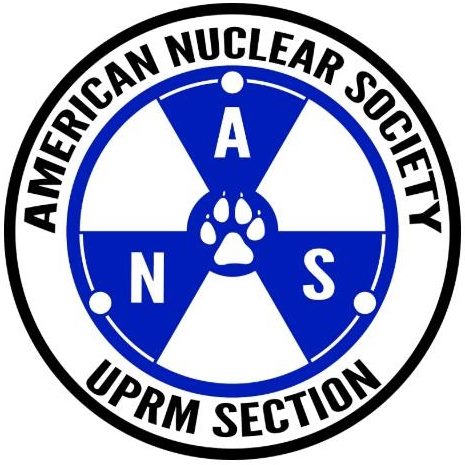
The nuclear engineering field was strongly present in Puerto Rico during the 1950s-1970s, after which most projects were shut down due to economic and safety concerns. We aim to re-light the passion for nuclear sciences our community once had. We are greatly committed to working towards our mission by contributing to the seven ANS areas of service; Public Information, Community Service, University Service, Professional Development, ANS and Nuclear Industry Support, Social Events, and Section Management.
Some of our ongoing projects include bringing educational workshops to local schools through the NSVP program, raising awareness of our nuclear history through our NHAP program, and bringing nuclear engineering courses to our campus through our INNU project.
Demographics
- Mechanical Engineering 25%
- Chemical Engineering 24.5%
- Biology, Chemistry, and Physics 16%
- Other Engineering 17.5%
- Electrical Engineering 11.5%
- Other 5.5%
%
Women in Nuclear
%
Latinos in Nuclear
Announcements
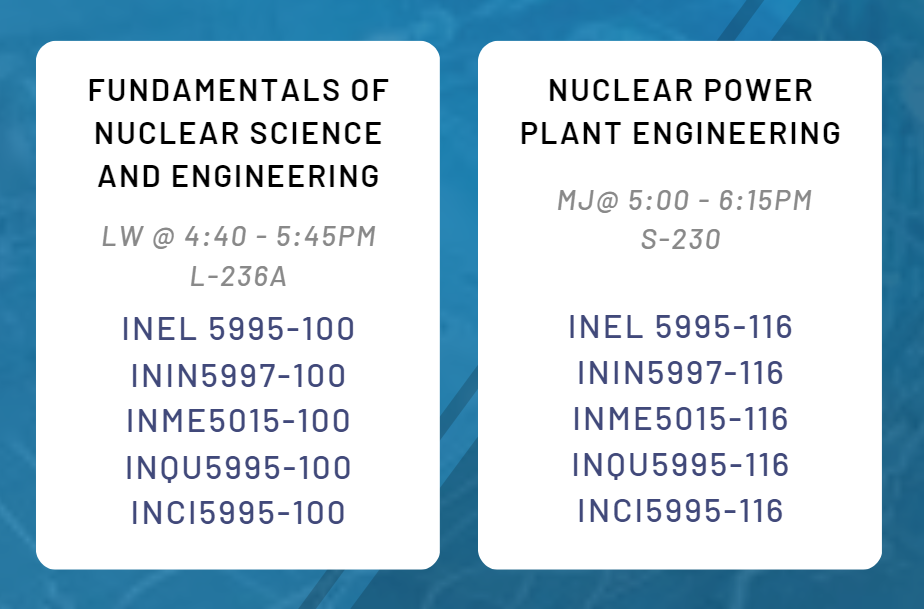
As of August 2023, nuclear engineering courses will now be offered at the University of Puerto Rico at Mayagüez!
Students from all branches of engineering are welcome to enroll in any of the nuclear engineering courses sponsored by the Nuclear Regulatory Commission. All courses will count towards recommended professional elective course credits.
It is recommended that students approve Differential Equations before enrolling in any nuclear engineering courses.
For questions, please email us at ansuprm@gmail.com
Enroll Today!
Explore
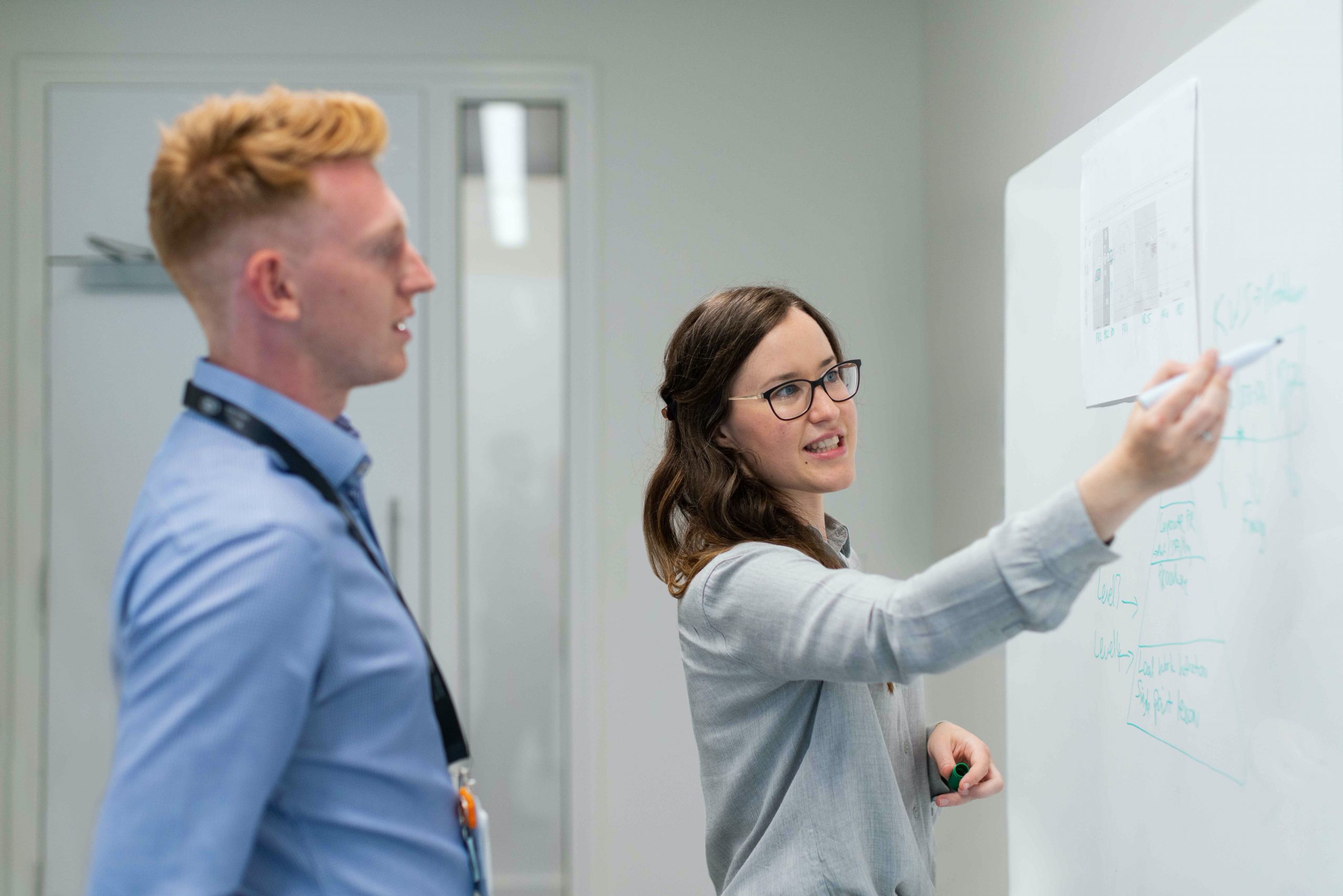
Nuclear Careers
Nuclear physics: Atomic nuclei and particles. Radiation physics: Radiation and matter. Radiation biology: Radiation and life. Health physics: Radiation safety. Nuclear engineering: Nuclear reactors and more. Radiochemistry: Radioactive elements and isotopes. Nuclear medicine: Diagnostics and treatment. Nuclear astrophysics: The evolution of space.
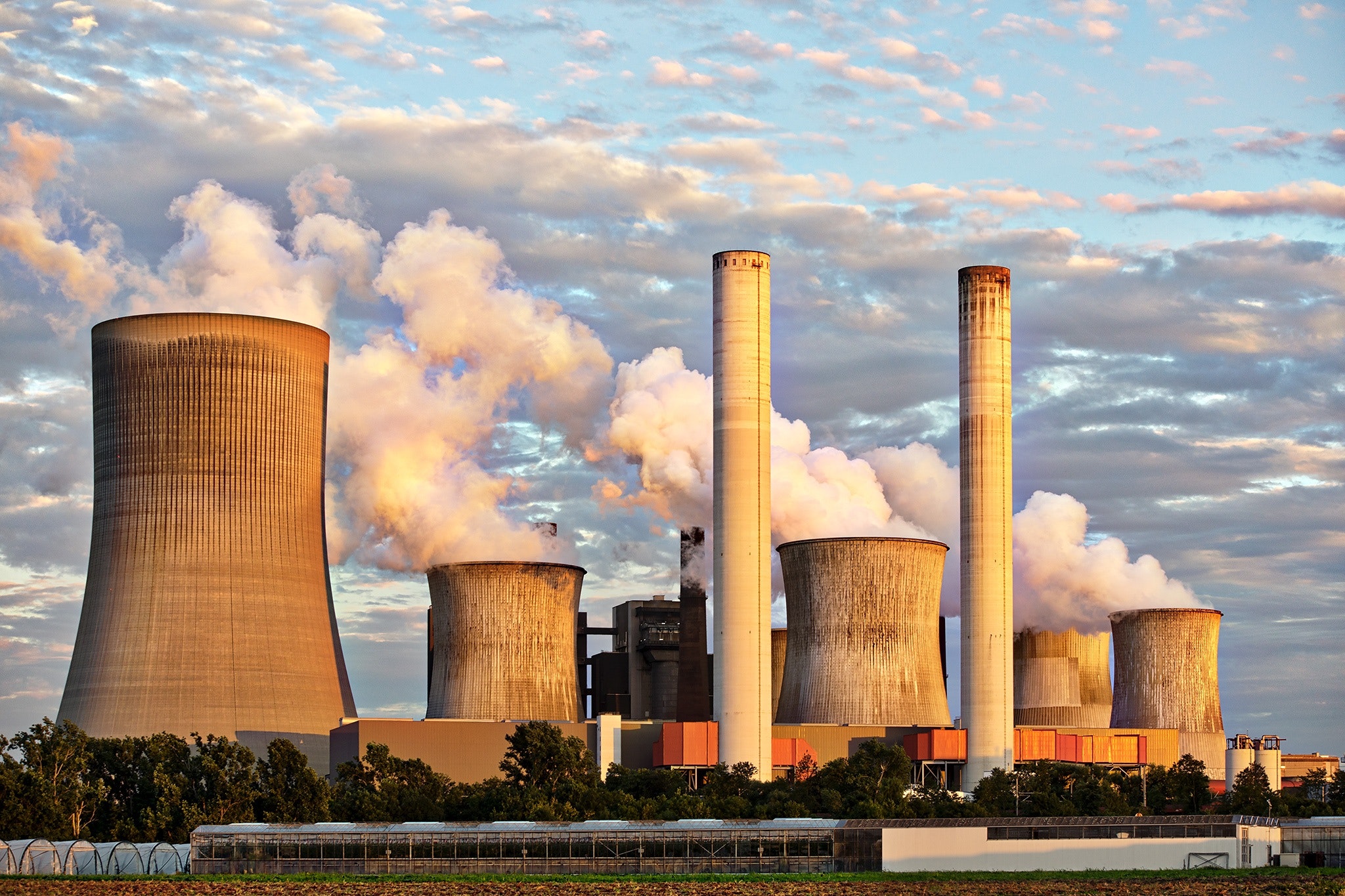
Recycling Nuclear Waste
Nuclear reprocessing involves separating the usable materials from spent nuclear fuel by dissolving it in acid to separate out uranium and plutonium, which are purified and formed into new fuel rods that can be used to generate electricity. The remaining waste is stored in special containers and disposed of in geological repositories. Nuclear reprocessing is a complex and expensive process, so not all countries engage in it.

Radiotherapy
Radiation therapy is a medical treatment that uses high-energy radiation to shrink tumors by damaging the DNA inside cancer cells, which can prevent the cells from dividing and growing. Healthy are also affected by radiation but are better able to repair the damage than cancer cells. External beam radiation therapy, brachytherapy, and stereotactic radiosurgery can be used to treat many different types of cancer.
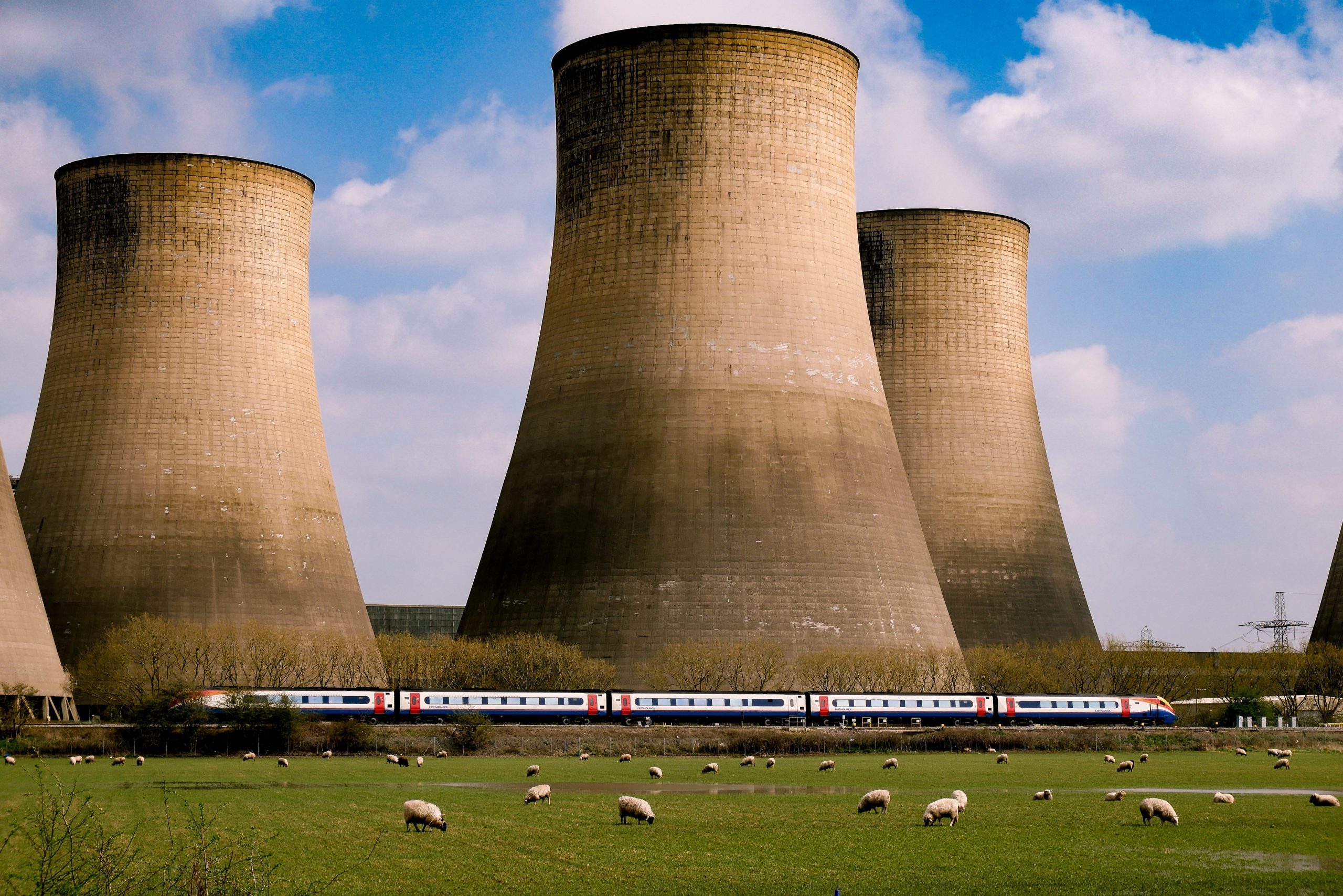
Nuclear Fission
Nuclear fission is a process in which the nucleus of an atom is split into two or more smaller nuclei, releasing energy in the form of kinetic energy, gamma rays, and neutrons. In nuclear reactors, controlled chain reactions caused by the released neutrons are used to generate heat that is used to produce electricity. The fuel used in reactors is typically enriched uranium, which contains a high percentage of uranium-235. The fuel is placed in a reactor core along with a moderator, which slows down the neutrons released during fission to control the reaction.
The amount of energy released during fission is immense. For example, when a single atom of uranium-235 undergoes fission, it releases about 200 million electron volts (MeV) of energy. This is equivalent to the energy released by about 3 million gallons of gasoline!
While nuclear fission has many practical applications, radiation has potential dangers, which is why proper safety measures are essential to prevent accidents and minimize the risks associated with this process.
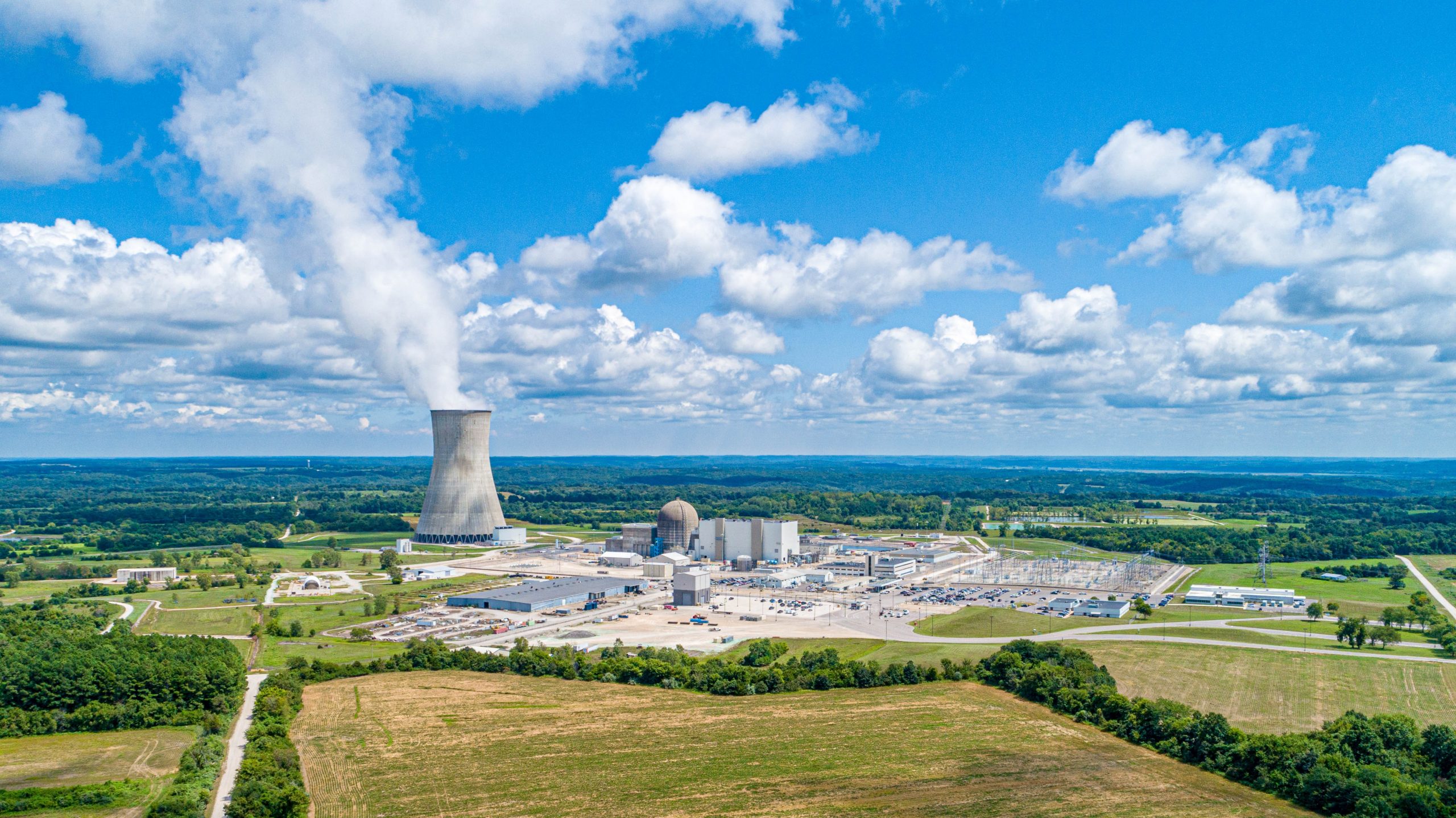
Nuclear Fusion
Nuclear fusion is a process in which two atomic nuclei combine to form a heavier nucleus, releasing a large amount of energy in the form of heat and light. Nuclear fusion is the process that powers the sun and other stars. For fusion to occur, the atomic nuclei must be brought close enough together for the strong nuclear force to overcome their natural repulsion due to their positive charges. This typically requires extremely high temperatures and pressures, which are difficult to achieve on Earth.
Nuclear fusion does not produce greenhouse gases or other harmful emissions, which makes it a clean and sustainable source of energy. It produces a large amount of energy from a small amount of abundant and widely available fuel (hydrogen), which makes it a highly efficient.
Some challenges associated with developing fusion reactors include the need to achieve and maintain the extreme temperatures and pressures, as well as the need to develop materials that can withstand the intense conditions. Despite these challenges, research in nuclear fusion continues and progress is being made towards developing practical fusion reactors.












